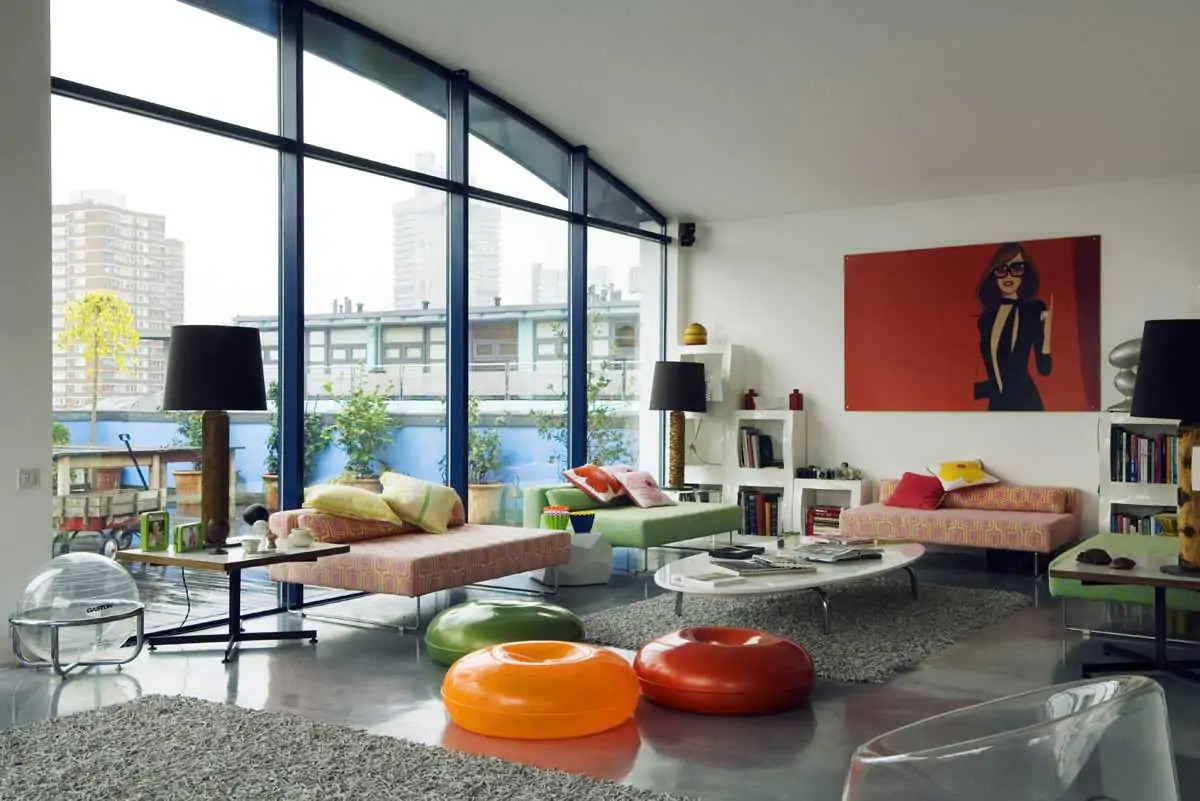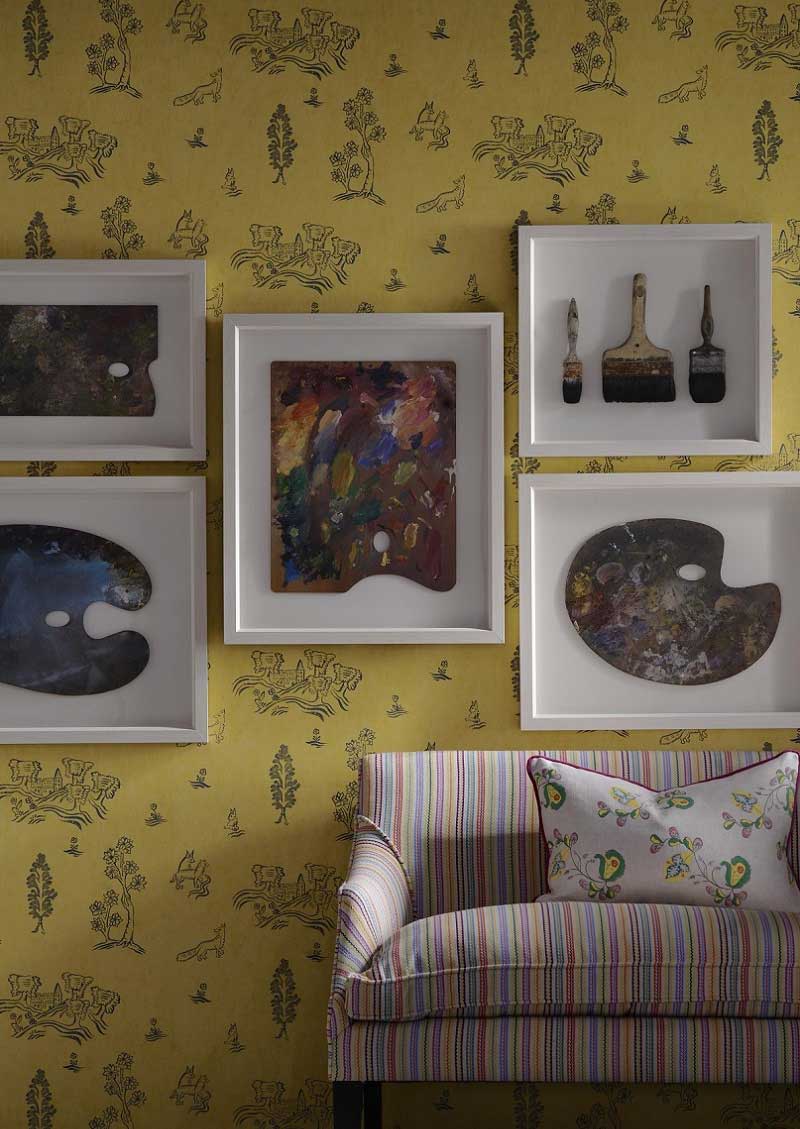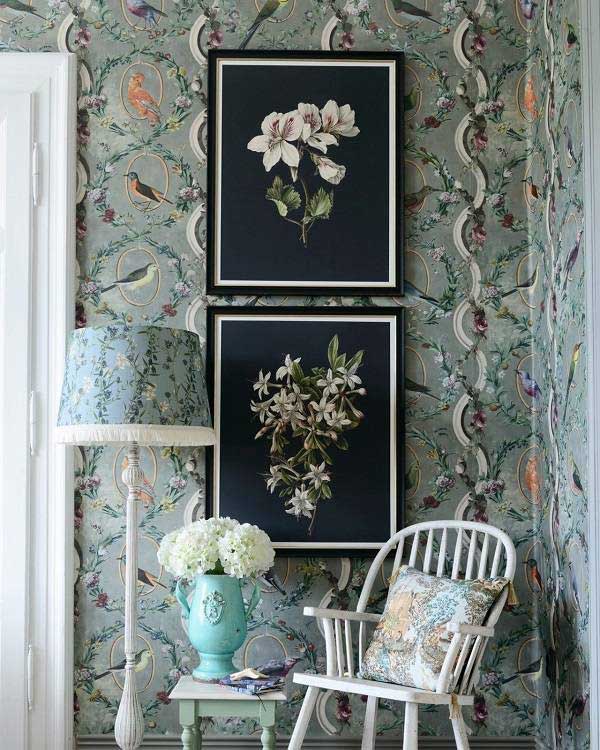Our Guide to Buying and Displaying Art
12th January 2023A piece of well placed art can complete a room, lift your mood and provide an endless source of conversation. Whether you’re looking to make an investment or simply decorate your home, take a look at our top tips for buying and displaying art...
Find out What You Like
If you’re new to the art scene, take time to find out what you like.
Get inspired by flicking through books and magazines, visiting your local gallery or simply looking at what others have on their walls.
Try to always go in without judgements and see what catches your eye.
Know Your Tastes
Once you’ve found a piece you like, think about why you were drawn to it. Try asking whether you like the colour, technique, subject, or just how it makes you feel.
Understanding why you like a piece is helpful when it comes to deciding whether or not to buy it. It's also the difference between finding a piece of art you like and one that you just have to have.
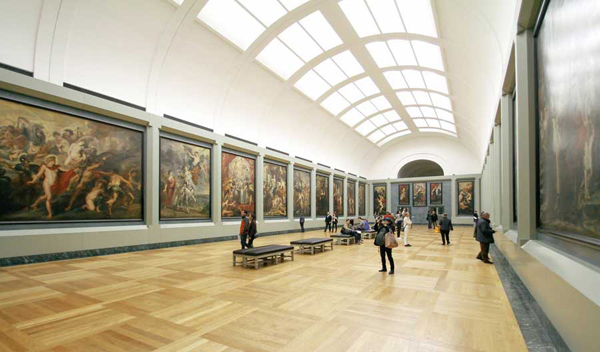

Consider the Artwork’s Purpose
Some people use art in much the same way as cushions, trimmings or ornaments when decorating their homes. If you’re buying a piece simply to complement your existing interiors, consider that it may be better to buy a print rather than an original. This way, you won’t have wasted money if you decide to change your scheme, and therefore your artwork, in the future.
Where to Buy:
Galleries
Wandering through a gallery, big or small, is a relaxing way to spend an afternoon, or even a whole day! Some smaller galleries are run by the artists themselves, giving you the opportunity to ask questions and learn more about the pieces on display.
Art Fairs
Art fairs are essentially lots of little art galleries all under one roof, and tend to offer a more varied selection of styles and mediums. You’re almost always guaranteed to meet the artist and it’s a good opportunity to support the local art scene.
Graduate Shows
Many celebrated artists have sold their first pieces at graduate shows, so it’s an excellent place for undiscovered talent. Graduate shows usually take place around June or July, and details can be found on the university or college’s website.
Online
There are countless websites for buying art online, the advantages being that you can save money and there is likely to be a much greater selection in one place. Where possible, try and view the exact piece, or at least pieces by the same artist, in a physical gallery before you purchase. Be careful to also triple check the dimensions, and make sure you understand the returns policy.
Placing Art:
Fit the Shape to the Wall
To ensure your piece sits well within the room, consider its shape in relation to the wall on which you want to display it. Place a portrait piece on a jutting chimney breast or on the strip of wall at the end of a corridor, while a landscape piece is perfect for above a sofa, bathtub or dining table.


Plan Your Collage Carefully
Collages are becoming increasingly popular in both modern and traditional spaces, and are an excellent way to create an instant feature wall. Grid designs have a smarter, more formal feel, while collages of different sized pieces arranged at varying heights are more suited to eclectic schemes. Always lay your collage out on a floor or table before you begin hammering nails in the wall. This will allow you to swap frames around, add to the selection or take some away and get the balance just right.
Manage the Impact
Collages are becoming increasingly popular in both modern and traditional spaces, and are an excellent way to create an instant feature wall. Grid designs have a smarter, more formal feel, while collages of different sized pieces arranged at varying heights are more suited to eclectic schemes. Always lay your collage out on a floor or table before you begin hammering nails in the wall. This will allow you to swap frames around, add to the selection or take some away and get the balance just right.
Break the Rules
Who says art has to go on the wall, sit in a square frame or even go in a frame at all? Art itself is an expression of creative skill and imagination, designed to provoke thought and inspire, so keep this in mind when placing your piece.
Hang Your Artwork Properly
Do your piece justice by hanging it on the wall correctly. We advise two points of contact, one in each of the upper corners, to ensure the frame doesn’t shift over time.
Buying Art to Sell:
It’s one thing buying a piece of art purely because you love it, but what about buying art as an investment? Many people make a living from buying and selling art - whether it’s a work by an Old Master or an emerging artist. Developing a sound knowledge of styles and trends, however, takes years and the art market can be particularly volatile.
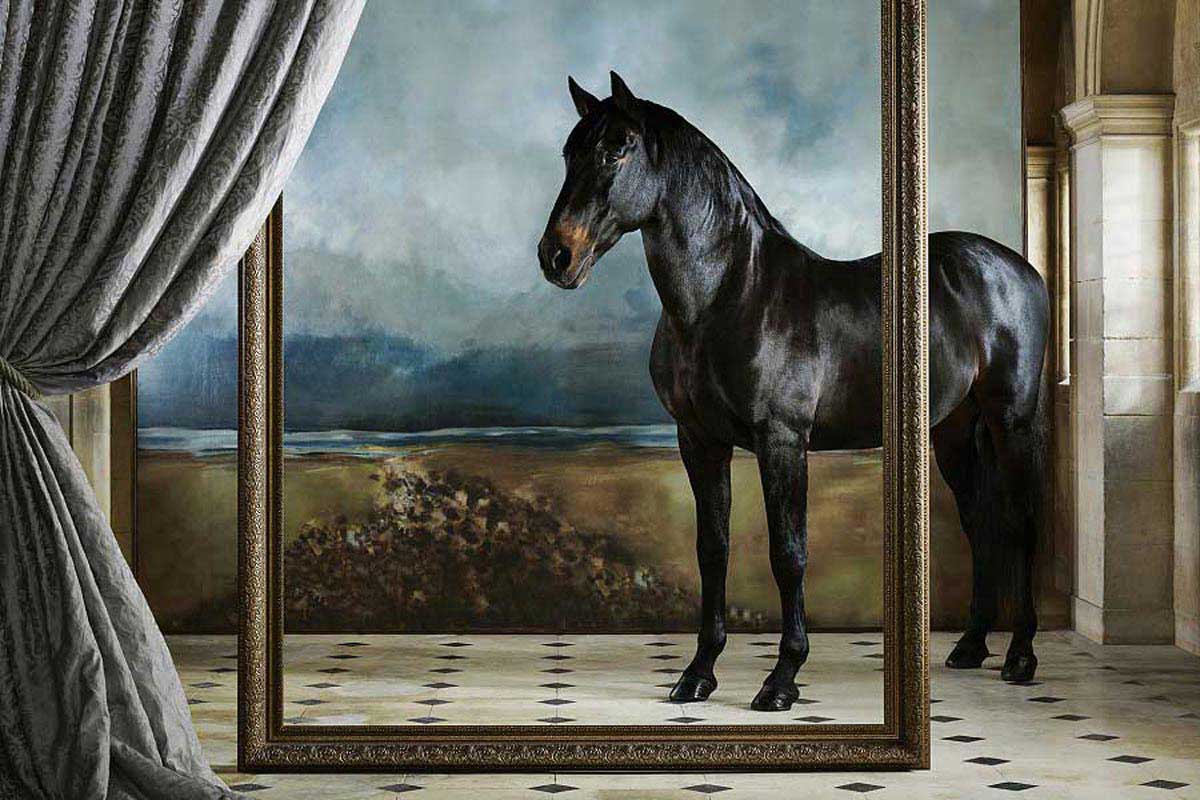

Research, Research, Research
If you want to get into the business, we recommend researching thoroughly and waiting until you have a sound knowledge of the market before making a purchase. Websites such as Artnet and Artprice offer information on all aspects of buying and selling, along with access to exclusive online auction results and records.
Consider an Advisory Firm
As a beginner, it may be worth consulting an investment firm such as The Fine Art Group, who provide guidance and support when building, maintaining and financing collections.
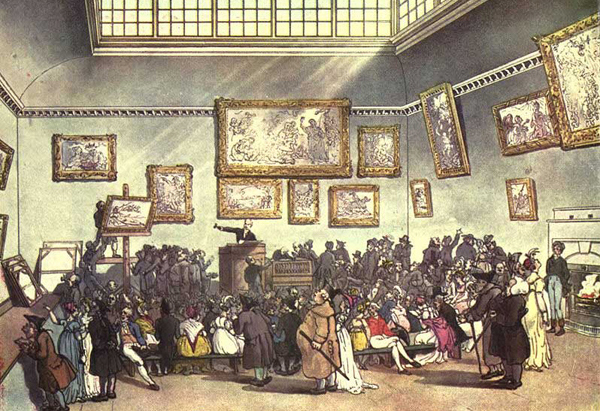

Where to Buy:
Auctions
When buying to sell, dealers will typically go through galleries or auction houses.
If you decide to buy from an auction, make sure you take a good look over your chosen lot before bidding.
Don’t be afraid to ask the auctioneer’s opinion on the piece beforehand and whether or not they believe the estimate is realistic.
If you’re buying in an online auction, you can ask for a condition report, which will include any details of damage or restoration.
Finally, when buying an original, always, always, always ask for a certificate of authenticity.
Know How to Look after It
When you’ve made your purchase, take the time to learn exactly how the piece should be cared for and stored. This will help to ensure its value does not decrease over time.
Not Ready to Buy?
Contemporary art website Rise Art offers a service which allows you to rent original artworks from £25 per month. This gives you the opportunity to try before you buy, or simply keep your walls fresh with ever-changing artwork.
You Might Also Enjoy Reading...
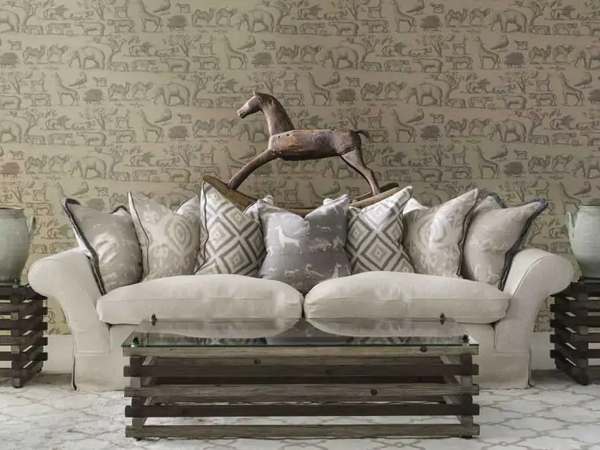

How to Style Cushions Like an Interior Designer
We know that it can be tricky to achieve that ‘interior designer look’ so we’ve pulled together our insider tips for finding that stylish cushion arrangement to perfectly suit your home...
Resources
Art Info:
Books:
Art as an Investment? A Survey Of Comparative Assets by Melanie Gerlis
The Art Collector's Handbook: A Guide to Collection Management and Care by Mary Rozell. Both available as a Hardback, £30.00 GBP from www.lundhumphries.com.
(Header: Artsy. Images: Agora Gallery and Wikipedia.)
- paypal
- visa
- mastercard
- amex



